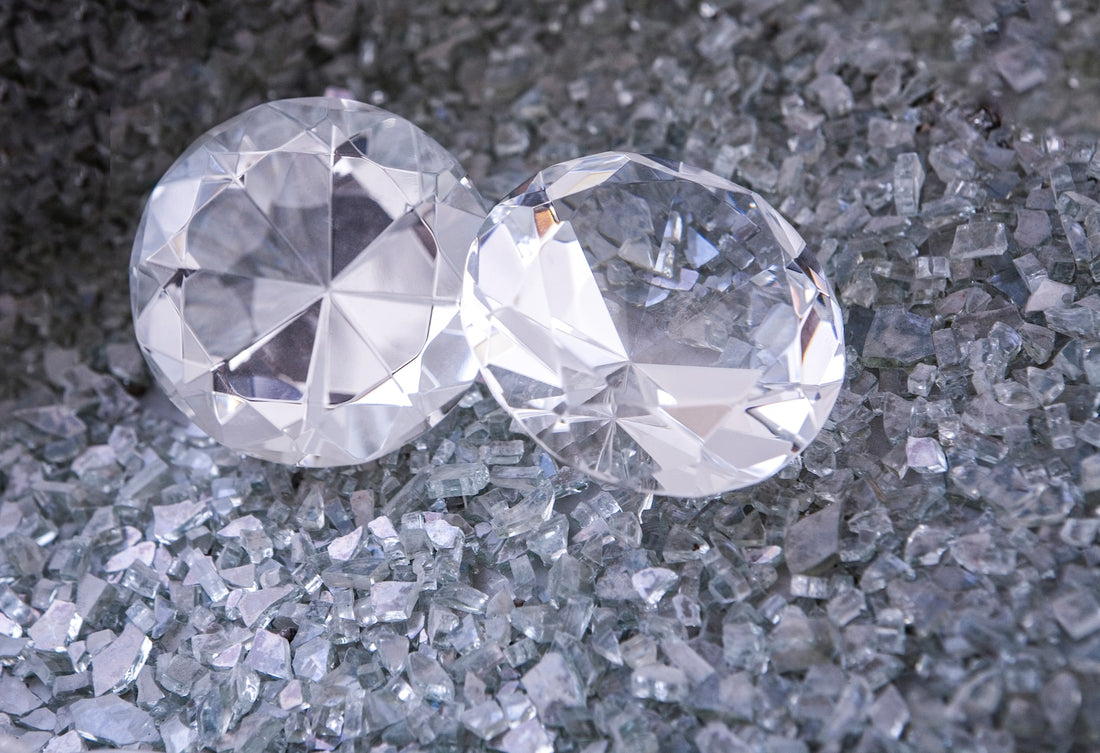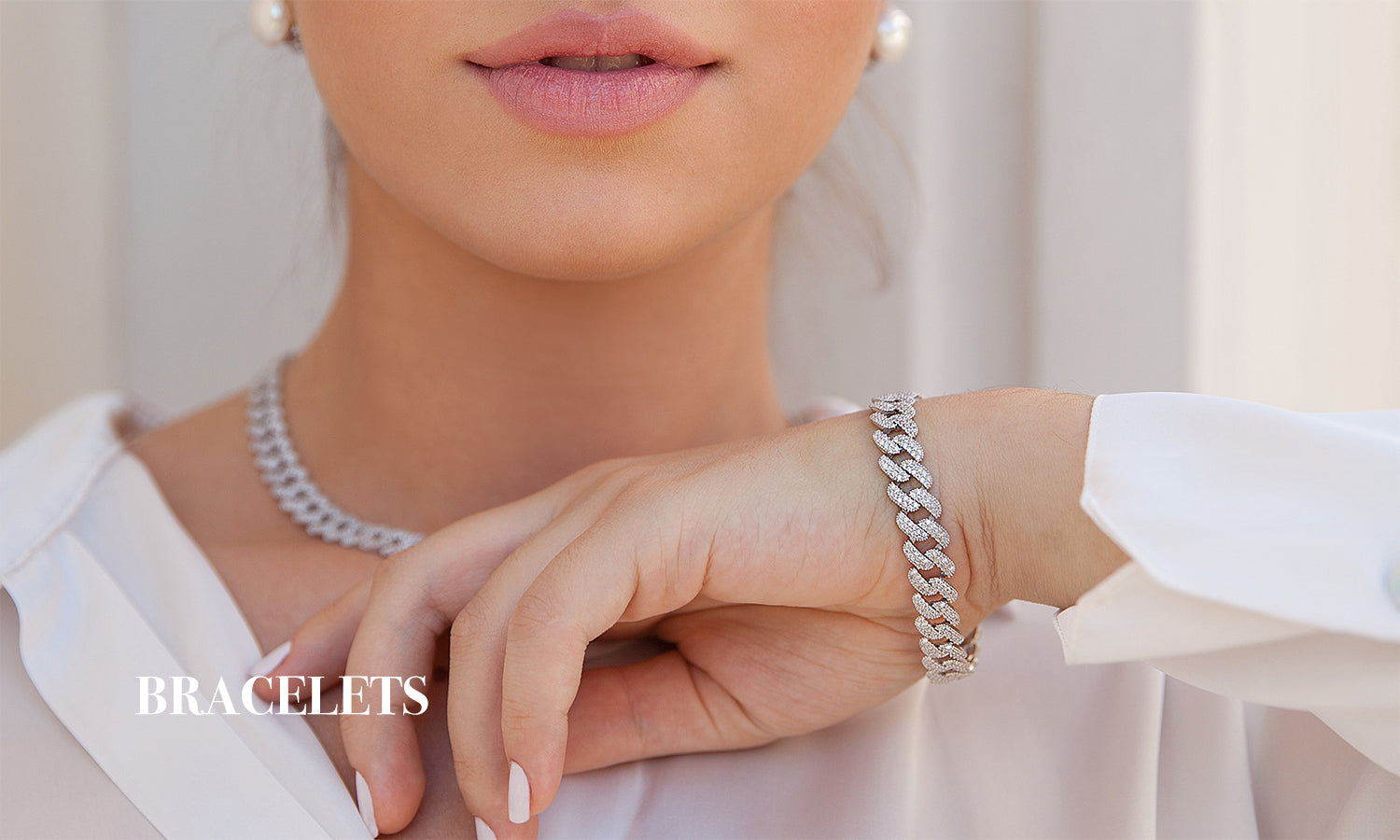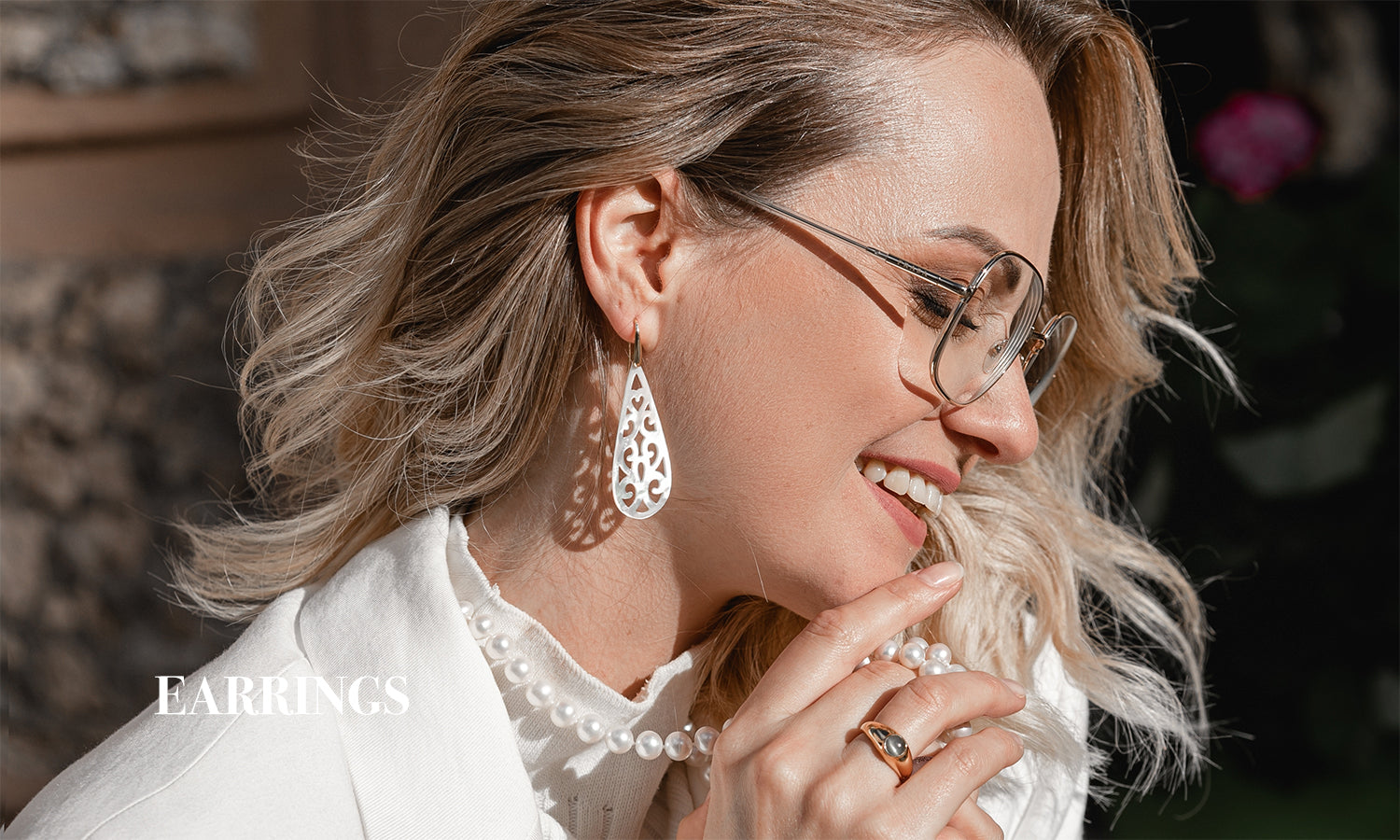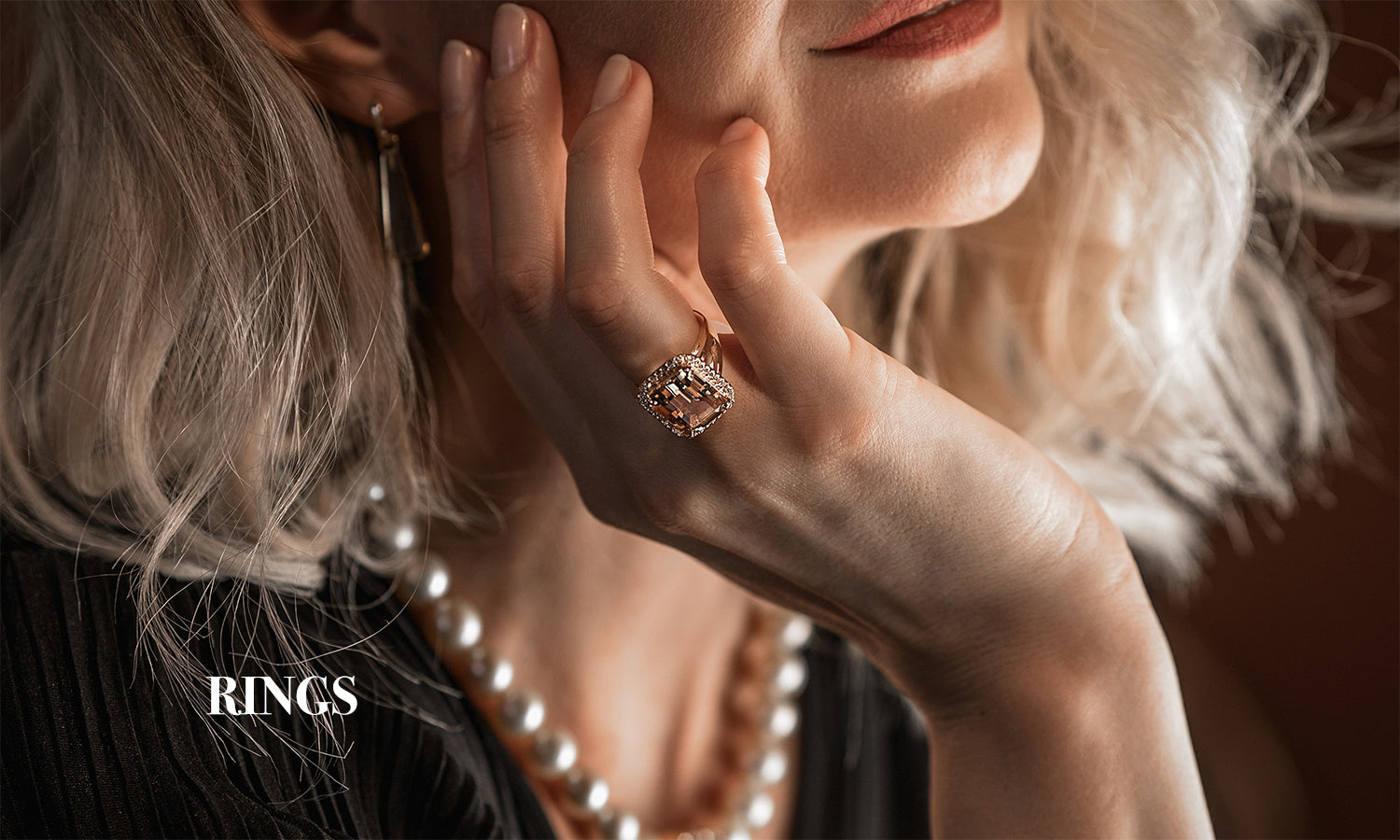
Durability and hardness of moissanite
Share
Moissanite is an increasingly popular mineral in jewelry. This gemstone has become a favorite for wedding rings, but why is it so special? The truth is that moissanite has a very similar appearance to diamond but is more brilliant. Its chemical qualities are also similar to diamonds. In Planderful we are going to discover the durability and hardness of moissanite, characteristics that make it a superior gemstone to many others.

Source: https://www.vaira.co.in/products/asshcher-brilliant-cut-moissanite
What is moissanite composed of
Moissanite is currently created artificially by humans in laboratories. This is because moissanite is composed of silicate carbon (SiC), an element that is mostly found in the remains of meteorites, therefore, it is very difficult to find moissanite in its natural state. It was discovered by French scientist Henri Moissan in 1893 in a meteorite in Arizona, and he quickly thought it was a diamond. Because of its rarity, it was not until the 1950s that moissanite stone began to be mass-produced synthetically (artificially).
Moissanite is harder than sapphire and topaz but is less hard than diamond. However, it has a higher refractive index than diamond, which makes it brighter. Because of these characteristics, it is currently one of the best alternatives to diamonds.
It is important to mention that, although Moissanite is similar in appearance to diamond, it is less valuable and its durability will depend a lot on the quality itself. Moissanite is an affordable alternative to diamond for an engagement ring, but it has some characteristics that you should take into account before buying a ring with this stone. Let's discover the characteristics of Moissanite below.
Appearance
At first glance, moissanite resembles diamonds. However, its refractive index is higher, which means that it is brighter and has a greater "scattering" or "fire" effect than diamonds. Moissanite is brighter than diamond. The brilliance is produced by the stone's refractive index, which measures the amount of light that enters the gemstone. Moissanite has a higher refractive index (2.65 to 2.69) than diamond.
The sparkle of a gemstone is measured by the amount of light that is reflected off the surface of the stone. Moissanite has a higher refractive index than diamond and reflects much more light both on the surface and inside the stone. As for the dispersion of fire, it is more than twice that of the diamond. It is a dispersion in which the light enters intensely into the stone and is dispersed in colors forming a visual color spectrum.
This stone is extremely hard, limpid, and resistant to heat without altering the chemical composition and color, it is a unique stone of incredible clarity, dispersion, and brilliance. All jewels are prized for their beauty. There is no other gemstone with these qualities.
As for clarity, it refers to the number of inclusions that may appear as imperfections on the surface and inside of the gemstone. A strong presence of inclusions could affect the aesthetic beauty of the gem, however tiny inclusions (VVS1 to VS2) are completely invisible to the human eye. This is the case with moissanite, that is why its appearance is that of a colorless and perfect stone.
Durability and hardness of a gemstone: how is it measured?
The hardness of gemstones is a seldom misunderstood property. The word "hardness" has a specific scientific meaning in gemology that differs considerably from its everyday use. The scientific definition of the hardness of a gemstone is the ability to resist scratching. Nothing more than this. If you ask most people they probably think that feathers are soft and glass is hard. However, in the world of gemology glass is quite soft precisely because of this concept.
Hardness depends on the bonds that hold atoms together within a crystalline structure. This bonding is evident in the ease with which layers of atoms on a surface can be separated by applying pressure to a sample of another material. In summary, the hardness of a gemstone is also related to durability, since the greater the hardness of a gemstone, the more durability it will have over time.
Each mineral can be classified according to the other minerals it can scratch. These minerals can be scratched by the one above it and will scratch those below it. Minerals of the same hardness do not scratch each other. Therefore, a ruby cannot scratch a sapphire and vice versa. A diamond is much harder than a corundum, even though they are separated by only one division on the Mohs scale. This scale starts roughly linear, but the curve rises sharply at the upper end.
In 1825, the German mineralogist Friedrich Mohs created a scale to measure the hardness or scratch resistance of various minerals. He used readily available minerals to make it. Although the scale is not linear, it serves to determine the hardest mineral that can be used to scratch another material. This is the original Mohs scale:

Source: https://sciencenotes.org/mohs-hardness-scale/
Durability and hardness of moissanite
In the Mohs table, the hardness of a stone is determined by its strength, with a hardness rating of 9.5 on the Mohs scale. Moissanite is ranked second only to diamond in terms of hardness. Moissanite is extremely resistant to scratches, chemicals, and temperature changes.
Diamond is more resistant, but only by five-tenths, so it is not a decisive criterion. However, although moissanite is much more resplendent, its luster is considered less pure than that of diamond.
As mentioned above, a diamond reflects a pure white light, while moissanite has a luster very similar to that of a disco ball, with beams of colored light. This is evidence that this is not a diamond, but a moissanite, whose value is lower.
Therefore, if you are looking for a stone intimately similar to a diamond without assuming that price, moissanite is the best option. But when what you want is an investment that will be revalued over time and that meets that conception of luxury and exclusivity traditionally rooted in the diamond, this gemstone has no rival.

Source: https://moissyfinejewellery.com/pages/about-moissanite-jewellery-trends
If you were interested in this post about the durability and hardness of moissanite, don't forget to visit the Planderful website.




